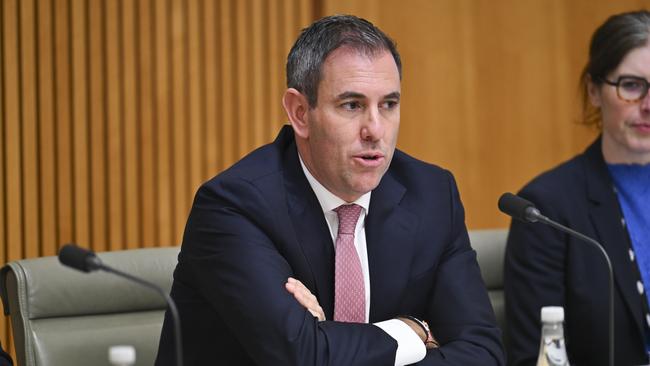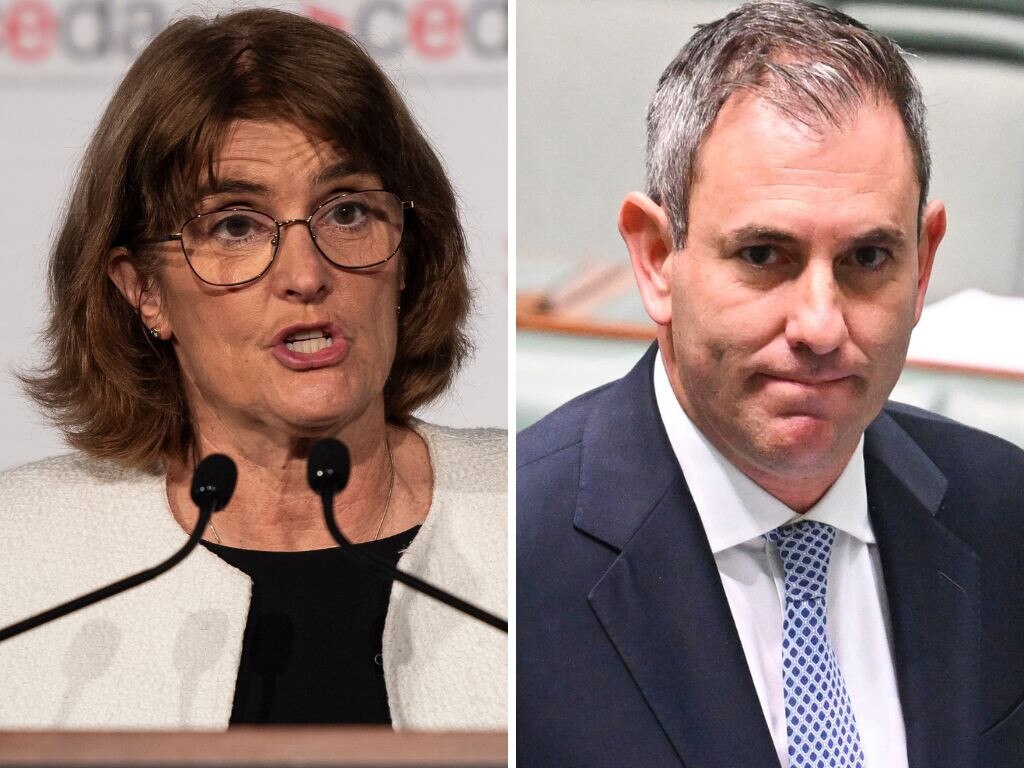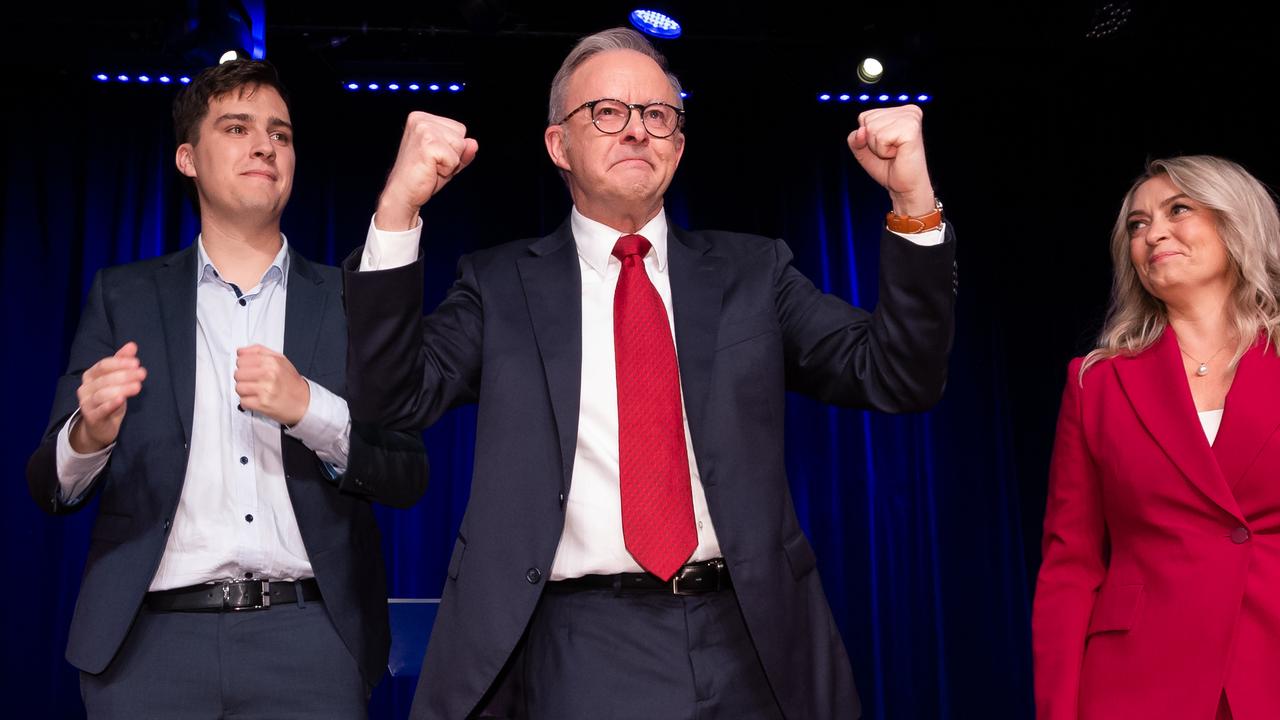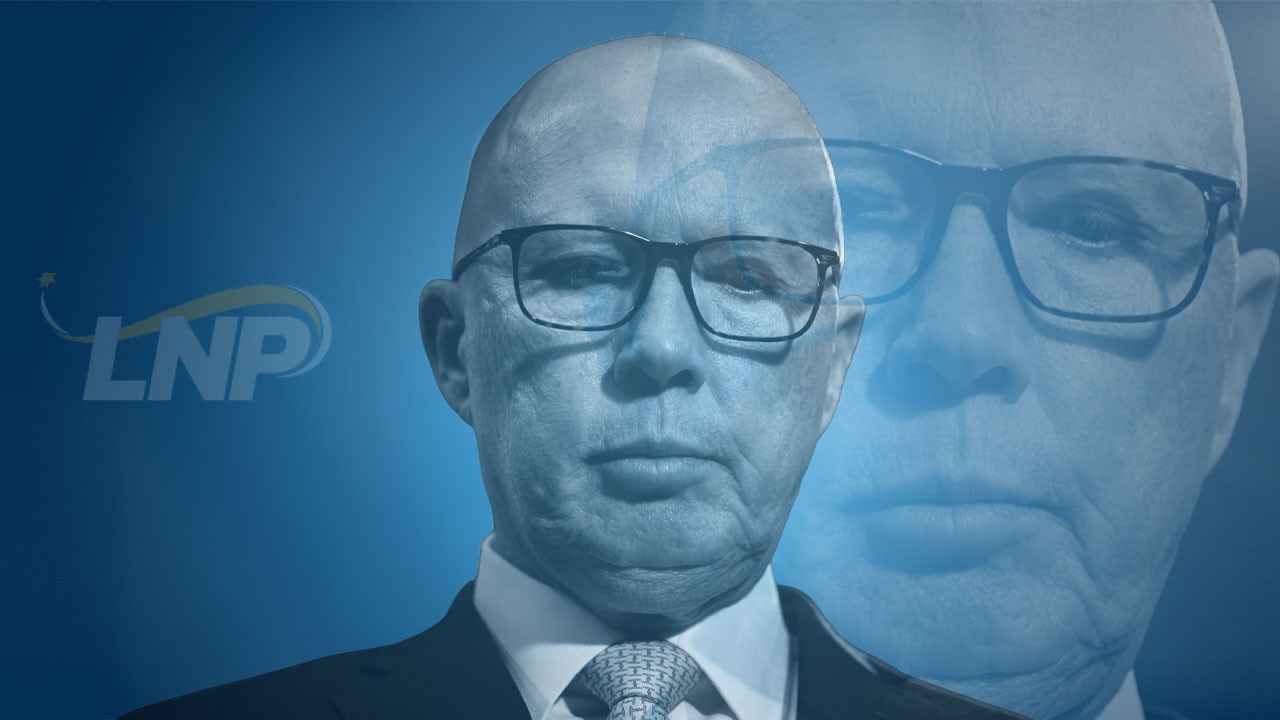Treasurers meet to tackle the nation’s low productivity problem
State and federal treasurers converged in Canberra on Friday in an effort to tackle Australia’s productivity malaise.

State and federal treasurers converged in Canberra on Friday in an effort to tackle Australia’s productivity malaise.
Hosted by Jim Chalmers, the meeting of the Council on Federal Financial Relations advanced a revamp of Australia’s National Competition Policy (NCP), which the Productivity Commission estimates could boost Australia’s economy by up to $45bn a year – equivalent to $5000 per household.
Released on Friday, the commission’s modelling showed that in the long run, its assessed changes – which include overhauling procurement rules, data sharing and occupational licensing – could help to ease cost of living pressure, reducing prices by up to 1.5 per cent.
However, the Treasurer is not planning to implement all the PC’s modelled changes. Among priorities to be pursued under the new NCP will be the adoption of international product safety standards and the development of a right to repair – both expected to generate multibillion-dollar returns.
Treasurers at the meeting agreed to an extension of the no-worse-off GST guarantee, helping placate state and territory governments with top-up payments. The next steps on agreements for hospital funding and the NDIS reforms were also discussed.
The meeting comes after Dr Chalmers earlier this month unveiled a $900m federal funding pool to help improve Australian productivity.
Under the plan, state and territory governments will be eligible to receive some of the funds for implementing a series of productivity-boosting measures, such as changes to commercial planning and zoning rules, and removing barriers to construction.
Labor’s efforts to bolster productivity come as Australia experiences a broadly based and stubbornly persistent slowdown in productivity growth in recent years.
In the 10 years to 2020, the Productivity Commission calculates productivity growth in Australia was at its slowest rate in 60 years, averaging annual growth of just 1.1 per cent – barely half the rate that was achieved during the 1990s.
That trend was further confirmed in recent national accounts figures, released in September, which showed GDP per hours worked – a proxy for labour productivity – slumped a further 0.8 per cent in the June quarter, with the measure at 2016 levels.






To join the conversation, please log in. Don't have an account? Register
Join the conversation, you are commenting as Logout